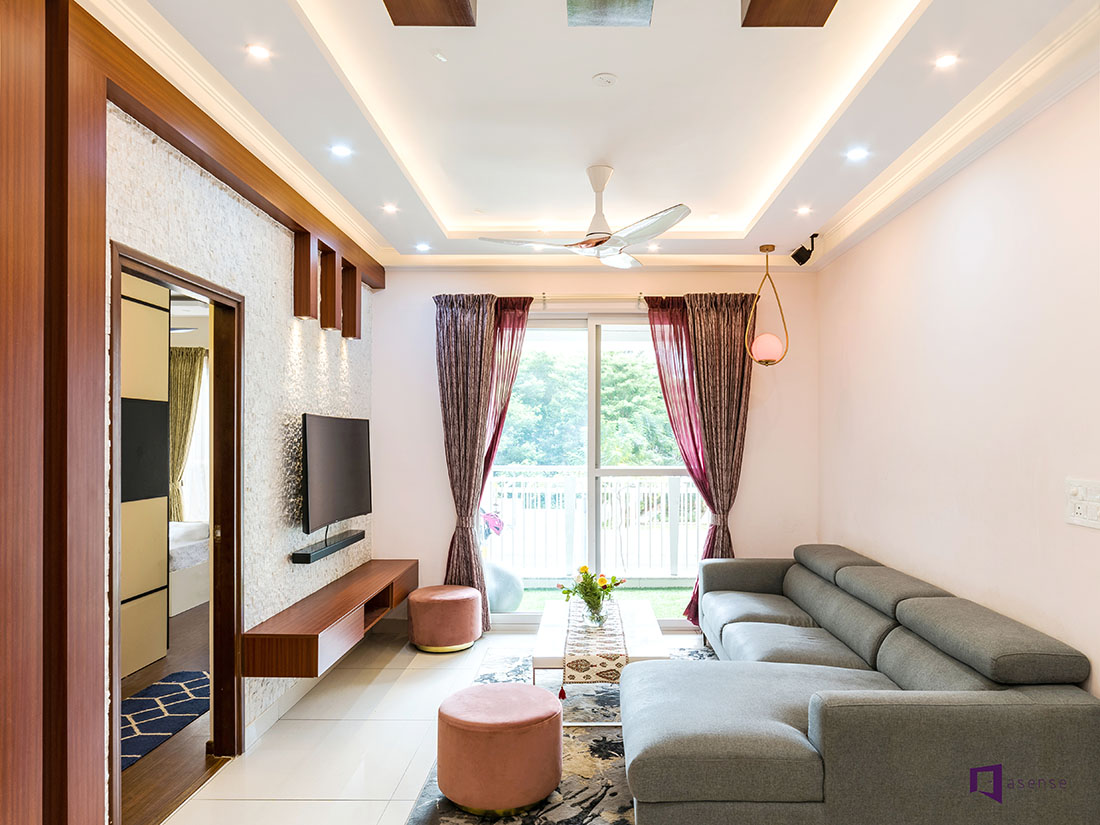Experience miami luxury interior design for a sophisticated and stylish lifestyle.
Experience miami luxury interior design for a sophisticated and stylish lifestyle.
Blog Article
Change Your Home With Crucial Concepts of Interior Design and Aesthetic Appeals
The art of transforming your home through the important principles of interior layout and aesthetics requires a thoughtful strategy that balances shade, balance, and spatial awareness. By recognizing the effect of color concept and the significance of appearance and patterns, one can develop areas that are not only visually attractive however also deeply individual. Achieving this balance includes even more than plain decor; it encompasses a tactical arrangement and an eager understanding of how each aspect connects within a room. As we explore these foundational concepts, consider just how they may redefine your understanding of home and individual expression.
Recognizing Color Concept
Comprehending the principles of shade concept permits designers to produce areas that reverberate mentally with owners while satisfying useful needs. Each classification plays an essential role in developing harmony within an area.
The mental influence of shades is extensive; cozy tones such as reds and oranges stimulate energy and warmth, while amazing tones like blues and environment-friendlies promote peace and peace. Additionally, the usage of corresponding colors enhances visual interest, creating striking contrasts that can elevate a space's charm.
Neutral shades, on the other hand, function as a versatile background, enabling other design components to beam. It is important to take into consideration factors such as illumination and the room's function when picking a color scheme, as these can modify the assumption of colors throughout the day.
Ultimately, a well-considered color design can change a room, fostering a feeling of convenience and style that lines up with the residents' choices. Mastery of color concept is, as a result, a vital skill for any type of interior developer aiming to develop harmonious and inviting settings.
Achieving Balance in Design
How can developers accomplish a feeling of balance in their areas? Achieving equilibrium in design is essential to developing harmonious interiors.
Asymmetrical equilibrium, on the other hand, depends on varying elements that still attain a cohesive look. This approach enables for even more dynamic and casual setups, offering passion while keeping stability. By thoroughly selecting differing sizes, shades, and textures, developers can produce a visually compelling area that feels well balanced yet energised.
Radial balance highlights a central prime focus with components radiating outside. This design is typically seen in circular designs, where furniture and decoration develop a cohesive border that attracts the eye inward.
Eventually, achieving equilibrium calls for thoughtful factor to consider of range, proportion, and the partnerships between elements. Architecture Firm. By skillfully applying these balance principles, designers can change rooms into atmospheres that feel both visually pleasing and functionally unified, improving the general experience for owners
Relevance of Spatial Recognition

A keen sense of spatial understanding enables designers to determine centerpieces within an area, leading the customer's attention to vital functions while maintaining a total feeling of unity. It additionally assists in the calculated positioning of lighting, which can substantially influence the perception of area and mood. Understanding spatial connections makes it possible for the designer to provide to the particular needs of residents, making certain that each area offers its designated function without endangering appearances.
Ultimately, spatial awareness is critical for taking full advantage of the possibility of any kind of interior room. By meticulously thinking about the interplay between dimensions, design, and feature, developers can produce atmospheres that not only meet useful requirements but additionally stimulate a sense of comfort and beauty, enhancing the total living experience.
Incorporating Texture and Patterns
Accepting a varied series of textures and patterns can substantially enhance the visual and responsive appeal of an interior room. The calculated usage of various products-- such as timber, steel, textile, and rock-- produces deepness and rate of interest, making a room really feel much more inviting and dynamic. Combining smooth surfaces with harsh appearances can develop an equilibrium that attracts the eye and engages the detects.
When integrating patterns, consider both range and rep. Large patterns can work as focal points, while smaller, refined styles can match other components without overwhelming the room. Layering patterns, such as pairing floral paddings with candy striped throws, includes intricacy and a sense of harmony if carried out thoughtfully.
It is also critical to maintain a natural color palette, guaranteeing that appearances and patterns interact as opposed to contend for attention. By picking a few crucial appearances and patterns, you can create a combined visual that shows your personal style while boosting the total atmosphere of the room. Ultimately, the mindful blog consolidation of these elements can change an ordinary area into an innovative environment abundant with personality and warmth.
Individualizing Your Room
Creating a room that reflects your character is vital to achieving a genuinely inviting atmosphere. Customization in indoor layout allows you to instill your unique design and passions right into your home, changing it from a plain shelter right into a haven that talks with that you are. Begin by picking a shade combination that resonates with your feelings-- strong colors can invigorate, while soft tones supply harmony.
Include artwork and style that mirror your enthusiasms, whether it be travel, nature, or abstract concepts. Presenting individual collections, such as books, pictures, or souvenirs, can evoke cherished memories and create focal points within a room. Additionally, think about customizing useful pieces, like upholstered furnishings, to line up with your aesthetic choices.

Verdict
To conclude, the change of a home with the necessary principles of interior decoration and visual appeal requires a thorough understanding of color concept, balance, spatial understanding, structure, and personalization. Each element adds dramatically to creating a harmonious and practical living environment - miami interior design. By attentively incorporating these principles, individuals can improve visit this site the aesthetic allure and psychological resonance of their spaces, inevitably fostering a home that reflects special identities while giving convenience and functionality
Report this page